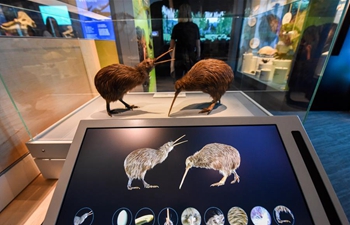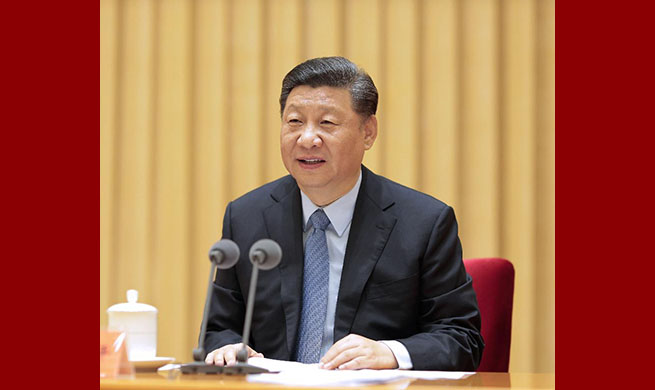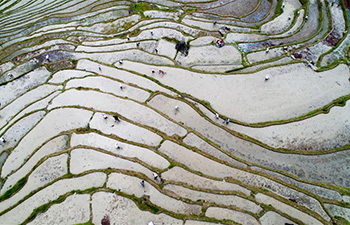CHICAGO, May 9 (Xinhua) -- Researchers at Washington University School of Medicine in St. Louis have snapped high-resolution pictures of chikungunya virus latched onto a protein found on the surface of cells in the joints.
Though the protein used in the study was taken from mice, people have the same protein, and the virus interacts with the mouse and human proteins in virtually identical ways.
To visualize how the virus interacts with the cell-surface protein, the researchers first flash-froze the viral particles attached to the protein. Then, they shot a beam of electrons through the sample, mapped where the electrons landed on a detector, and used computer programs to reconstruct the electron density patterns and thereby the 3D structure of the viral particles bound to the cell-surface protein.
"We used existing high-resolution X-ray crystal structures of the components of the virus, in addition to our own crystal structure of Mxra8, to build an atomic model of the entire assembly," said graduate student Katherine Basore, the study's first author. "This allowed us to see the full scope of these interactions that we couldn't achieve from either X-ray crystallography or cryo-EM alone."
"Now that we have these new structures, we can see how to disrupt the interaction between the virus and the protein it uses to get inside cells in the joints and other musculoskeletal tissues in order to block infections," said co-senior author Daved Fremont, a professor of pathology and immunology, of biochemistry and molecular biophysics, and of molecular microbiology.
The high-resolution structure will aid efforts to screen experimental drugs for their ability to block attachment to the protein on cells in the joints, evaluate whether the antibodies elicited by investigational vaccines are likely to prevent infection, and analyze whether mutations in viruses affect their virulence.
The structures the researchers have snapped are published Thursday in the journal Cell.
?













